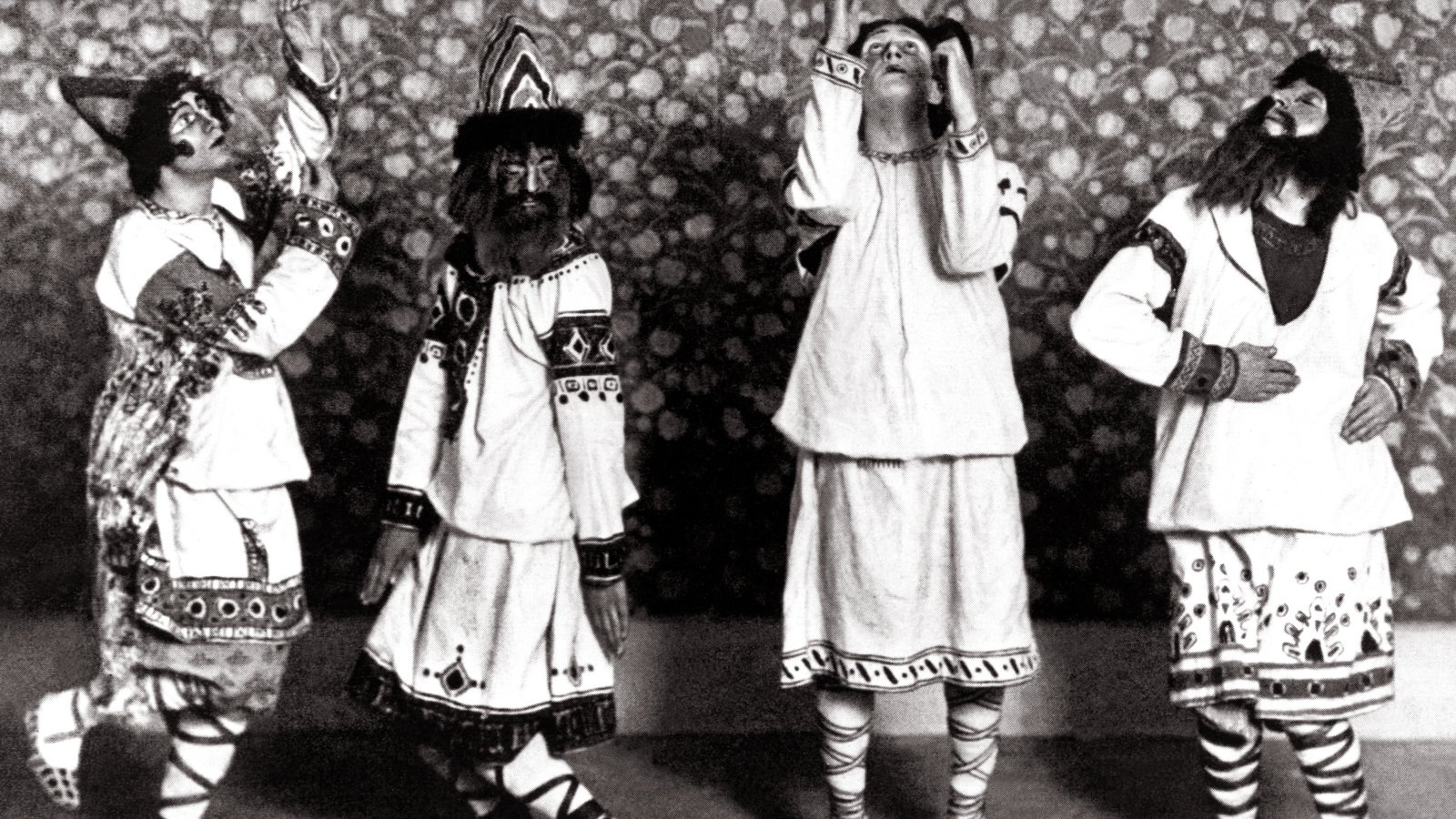The Origins of Ballet
As you’ve probably guessed, ballet is our favourite dance genre here at Ballet Fusion. It might be yours too! But have you ever wondered where it all started? Read on to find out all about the origins of ballet.
Where It Started
The origins of ballet date back to 15th century Italy. Noblemen and woman in Italian renaissance courts were often treated to lavish dance productions particularly for special events like weddings. The dancing and music added to the spectacle. The dancing masters of the time often taught the noblemen and women of the court the intricate steps and they became part of the production.
A little later in the 16th century Italian noblewoman Catherine de Medici, the wife of king Henry II of France, brought the tradition across to France and began to fund lavish ballet productions in the French court. Her elaborate dance productions encouraged the growth of “ballet de cour”. A programme that included many art forms including ballet.
Another century later King Louis XIV helped to popularise the art form and slowly develop the art form into something that would be slightly more familiar to us today.
The first dance academy opened in Paris in 1661 and a decade or so later the ballet productions moved from the courts to the stage. The productions at that time were a mix of opera and ballet.
By the mid 1700’s a French ballet master and pioneer in dance, Jean Georges Noverre rebelled against the opera-ballet. He believed that ballet could stand alone as an art form. He developed a new way to perform in a more dynamic and expressive way. Noverre’s work is considered the predecessor to the narrative ballets of the 19th Century.
19th Century
Ballets of this time like Giselle and La Sylphide were influenced by art and music of the time with many of them having a supernatural narrative. This theme runs through many of the ballets of the time and is known now as the “romantic era”.
In this era, dancing on the tips of the toes, known as pointe work, became the norm for female dancers. It was at this time that the long romantic tutu became fashionable so the intricate footwork of the dancer could be seen beneath the skirt.
The latter part of the 19th century saw ballet take off in Russia where Russian composers and choreographers took ballet to new heights. The choreography became more dynamic showcasing high extensions, turns and leaps. The shorter tutu became fashionable at this point to reveal the ballerina's legs and the difficult movements and quick footwork she was showcasing.
Ballet Of Today
In the early part of the 20th century two Russian choreographers, Folkine and Diaghilev took ballet forward again. They began to experiment with movement and costume. The Rite Of Spring ballet changed things once again with its story of human sacrifice and its unfamiliar movement. The audiences of the time were so shocked they rioted!
George Balanchine, founder of the New York City Ballet, changed ballet further still. He introduced what is known now as neo-classical ballet, an expansion on the more traditional and familiar classical ballet of recent times. He is also considered as the creator of the “plotless ballet”. A ballet production without a story or plot. Its purpose is to showcase expressive movement to music.
Today, ballet takes on all levels of history and is multifaceted. Classical, neoclassical and contemporary move together and intertwine.
Experience the beauty and grace of ballet for yourself with our all-levels classes. From Pure Ballet to Ballet Fitness and Floor Barre classes, we have something for everyone in our online ballet timetable.










